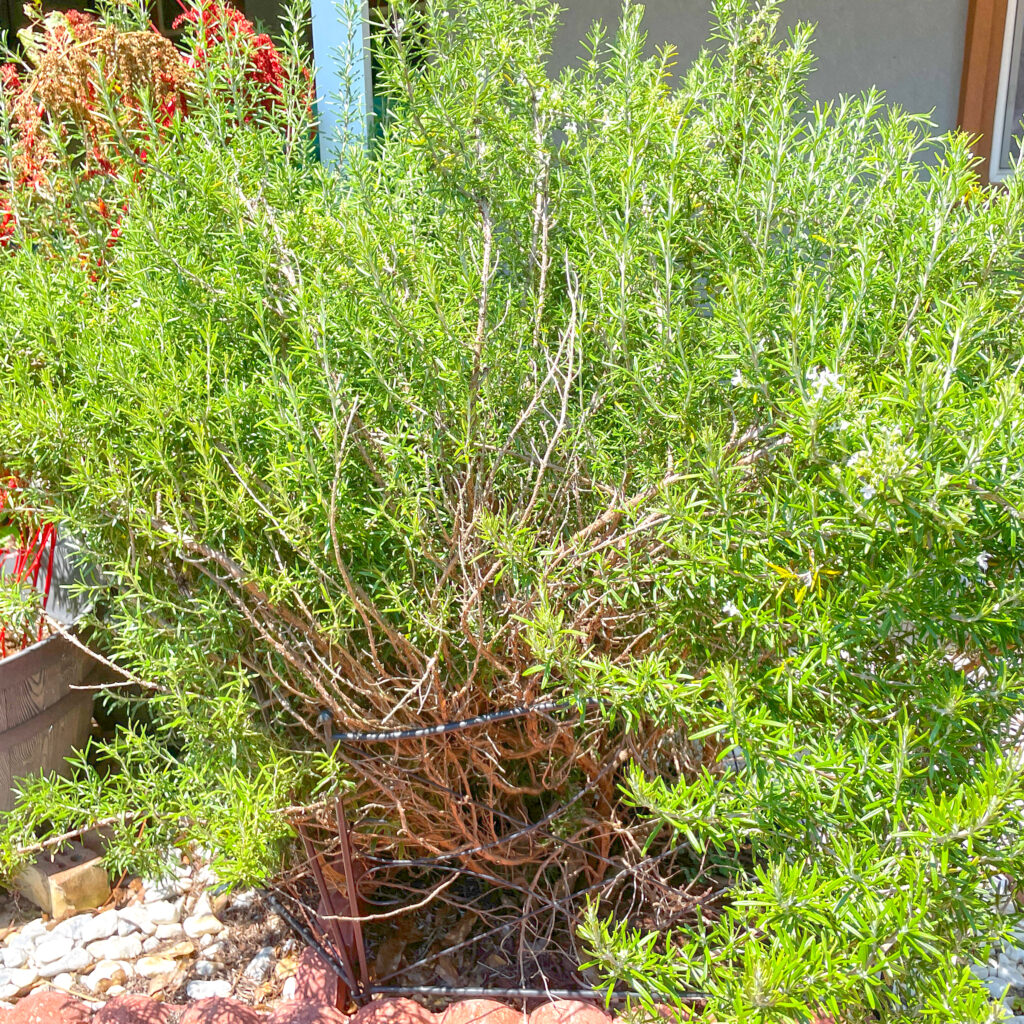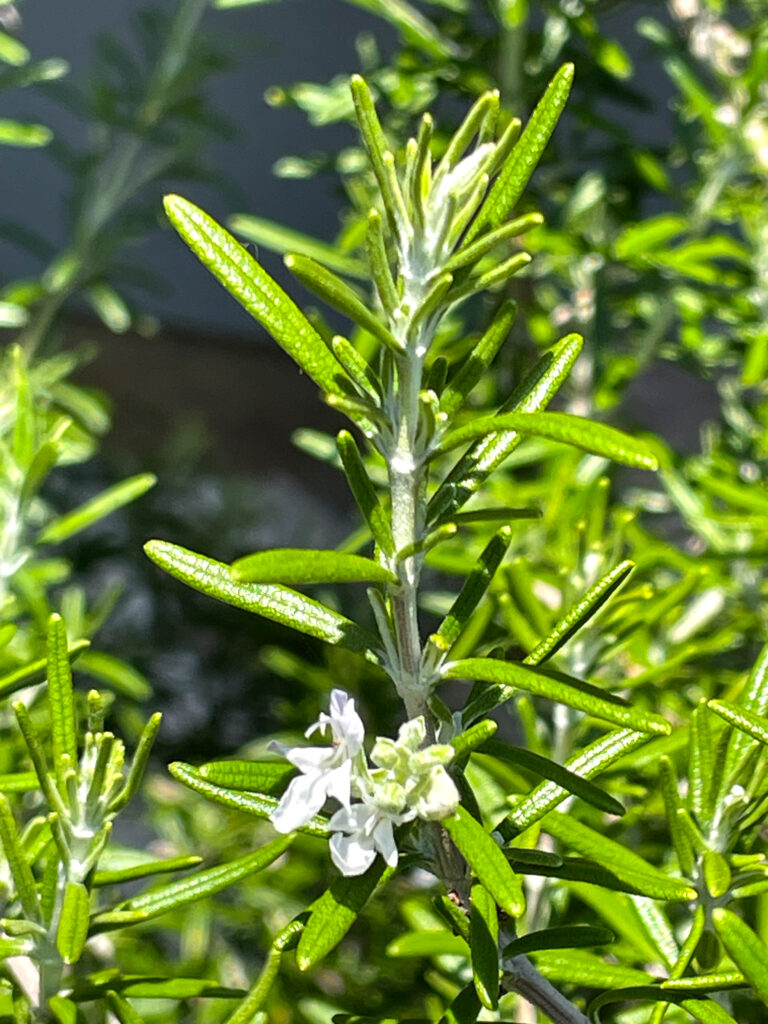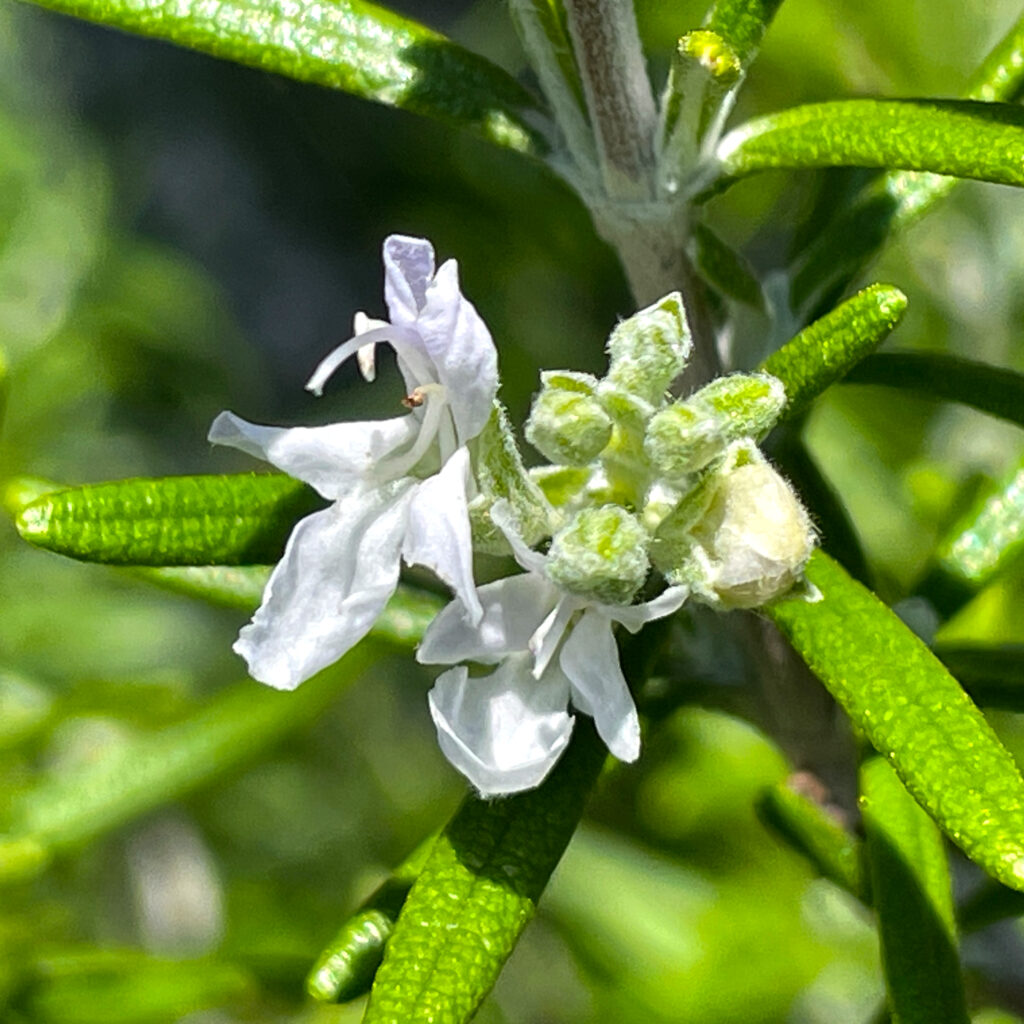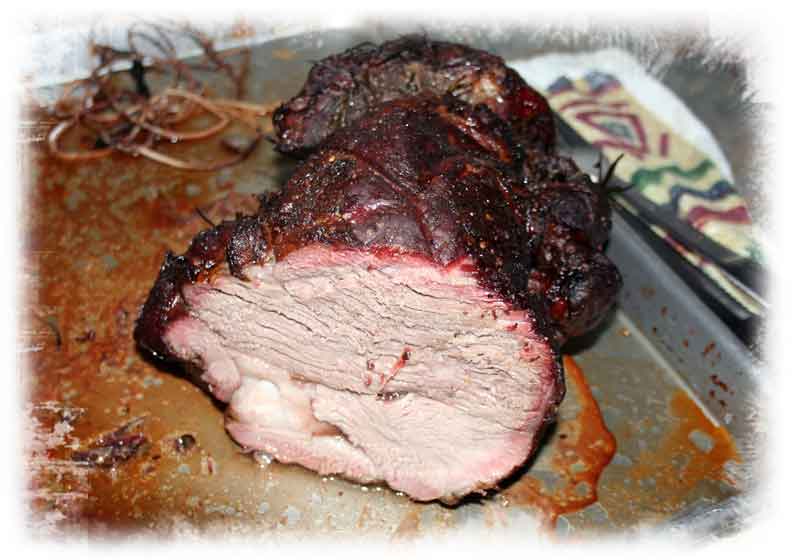Rosemary (Rosmarinus officinalis) is an aromatic herb with a long history of culinary and medicinal use. Here’s some information about its history, uses, benefits, and culinary importance.
Rosemary has been used for centuries and has a rich history that dates back to ancient times. It is native to the Mediterranean region and was highly valued by the ancient Greeks and Romans. The herb was considered a symbol of remembrance, loyalty, and friendship, and it was often used in religious ceremonies, weddings, and funerals. Rosemary has also been associated with various legends and folklore throughout history.
Uses:
- Culinary Uses: Rosemary is widely used in culinary applications, particularly in Mediterranean cuisine. Its strong, aromatic flavor adds depth and complexity to dishes. It pairs well with roasted meats, poultry, fish, vegetables, soups, and stews. It is often used as a seasoning in marinades, rubs, and dressings. Additionally, rosemary-infused oils and vinegars are popular for adding flavor to various recipes.
- Medicinal Uses: Rosemary has been traditionally used for its medicinal properties. It is believed to have antioxidant, anti-inflammatory, and antimicrobial properties. It has been used to improve digestion, enhance memory and concentration, relieve headaches, and promote overall well-being. Rosemary essential oil is also used in aromatherapy for its invigorating and uplifting effects.
- Ornamental Uses: Rosemary is a popular ornamental plant due to its evergreen foliage, delicate flowers, and pleasant aroma. It is often used in landscaping, herb gardens, and as a decorative plant in pots or containers.
Benefits:
- Flavor and Aroma: Rosemary adds a distinctive and aromatic flavor to dishes, enhancing their taste and aroma.
- Antioxidant Properties: Rosemary contains compounds such as rosmarinic acid and carnosic acid, which have antioxidant properties and help protect the body’s cells from damage caused by free radicals.
- Digestive Health: The herb has been traditionally used to aid digestion and relieve gastrointestinal discomfort.
- Memory and Concentration: Rosemary has been associated with improved memory and cognitive function. It is believed to stimulate brain activity and enhance concentration.
Culinary Importance: Rosemary is highly valued in culinary traditions worldwide, particularly in Mediterranean cuisine. Its unique flavor profile adds depth and character to a wide range of dishes. Whether used fresh or dried, rosemary brings a distinct aroma and a hint of pine-like flavor to roasted meats, vegetables, and other savory dishes. It is considered a staple herb in many kitchens, and its versatility makes it a popular choice for both professional chefs and home cooks.
Rosemary was used at the Columns Hotel when the kitchen was under the helm of Chef Chris Canan and Chef Bryan Coates, during the early to mid 1980’s. Rosemary played a central part in the stuffing and sauce for the Smoked Leg of Lamb with Rosemary Sauce entrée, the recipe for this preparation was shared and originally posted on January 7th, 2010, and accumulated 31 comments.
Find more recipes utilizing rosemary, including “Easy” Rosemary Shrimp, Vermont Cheddar Rosemary Bread Sticks, Lentils with Garlic and Rosemary, and Cornish Hens with Rosemary Wine Sauce,
Overall, rosemary’s long history, versatile uses, and distinct flavor have made it a beloved herb in various culinary and cultural contexts.















